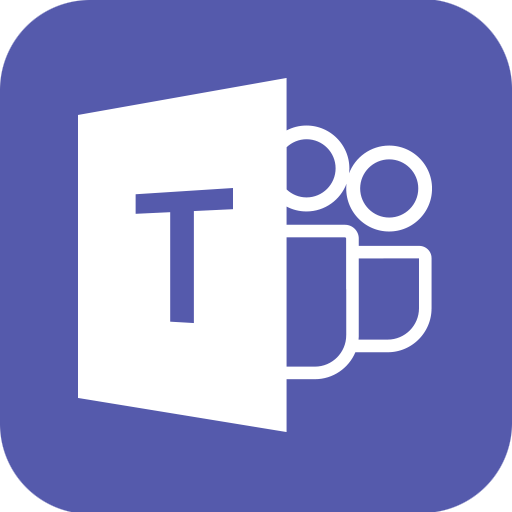Teacher Resources during COVID-19
Guidelines for Virtual Conferencing
Below are some helpful recommendations to improve the privacy and security of web based virtual meetings:
- If possible, NEVER share sensitive or regulated data during virtual conference meetings.
- Become familiar with who may record your meeting. Be aware that individuals may choose to record a meeting using audio or video recording tools outside of the meeting software.
- Download virtual conferencing clients directly from the manufacturer or your service provider.
- Always run the newest version of the conferencing client (if required to download and install a client).
- Password protect each meeting with a unique and complex password using letters, numbers and special characters.
- Password protect recordings of meetings with a unique and complex password using letters, numbers and special characters.
- Do not share your meeting link in public forums or on social media. In the event you must advertise your meeting publicly, remove the password embedded in the link and ask attendees to contact the organizer for the password.
- Use a meeting ID rather than the personal ID associated with a virtual conferencing account. This way the meeting ID should change for each meeting.
- Disable sharing for all attendees except for the meeting host.
- Use the waiting room/lobby feature when it is available. This requires the organizers to admit people singly (for small meetings) or all at once (for larger meetings). If an attendee seems suspicious, the waiting room feature allows organizers to prevent them from joining the meeting.
- Remove and block anyone from meeting rooms with an unrecognizable or unverifiable identity. Once removed, the person or people cannot come back in.
Taking the above steps will help ensure your organization's virtual meetings will remain secure while employees connect and collaborate through these platforms.





